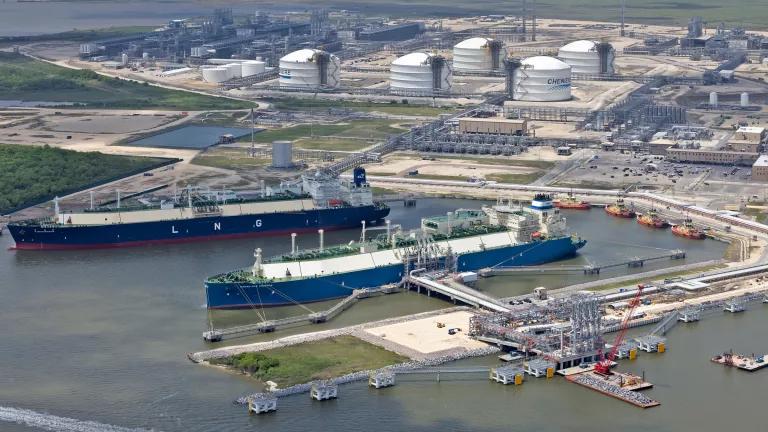Latin America Green News: Chileans regulate auto emissions, Costa Ricans leads on marine conservation, and Mexicans favor renewables
Latin America Green News is a selection of weekly news highlights about environmental and energy issues in Latin America.
January 27 – February 1, 2013
Chile
4.80 GW of non-conventional renewable energy projects were approved by Chile’s environmental impact system in 2012, more than four times the 943 MW that were approved in 2011. Of the total approved, 3.14 GW were proposed solar projects, which surpassed the capacity of proposed wind projects for the first time. Another 2.40 GW of renewables projects are still under evaluation, including wind, solar, mini-hydro and geothermal plants.(Business News Americas 1/30/2013)
According to a new study, coal fired power plants represented 25 percent of the energy generation in Chile’s main grid, the SIC, in 2012 – the highest percentage in the last 11 years. At the same time, hydroelectric power fell to its lowest generation in a decade, at 41 percent. The study’s authors noted that imports of hydrocarbons grew to a record amount in the past year as well, and that they expect the role of coal power to grow over the coming years particularly as the country’s low rain levels continue for a fourth straight year. (Economía y Negocios 1/28/2012)
Borja Prado, the head of Endesa España –one of the companies that owns the controversial HidroAysén—said last week that the future of the hydroelectric project depends on the government’s approval, and that once the project has passed all of the necessary steps, the company will study the project’s profitability. “We have invested a lot of money in HidroAysén, but it is a project that has to undergo the government’s process,” he said. (El Mercurio 1/25/2013) The municipality of Chile Chico, located in the same region as HidroAysén’s proposed dams, rejected the project. The town’s mayor, Luperciano Muñoz, spoke out against the project and lamented that some members of the community had accepted money from the company. (Radio Universidad de Chile 2/1/2013)
The Transport Ministry announced a new regulation on auto emissions which will go into effect later this year, limiting some of the riskiest air pollutants to public health: nitrous oxide and sulfur oxide. The newly amended Decree 149 makes the current regulation 10 percent more demanding as of June 25, and will become 20 percent more demanding in 2015. Authorities say that approximately 100,000 vehicles in Santiago –of the area’s 1.6 million – will likely not comply with the new standard. (El Mercurio, via Terram.cl 1/26/2013)
Mayors of Chile’s Metropolitan Region near Santiago asked the government to nationalize Chile’s waters after a massive water shortage last week caused by the company Aguas Andinas left many in the country’s capital without water for hours. According to Article 19 of the Constitution, the rights for Chile’s waters are privatized, allowing private parties to buy and sell them as property. The petitioners, members of the Chilean Municipalities Association, argued that the government should manage all water resources and be charged with their environmental protection and sustainable use. (El Dinamo 1/24/2013)
Costa Rica
Costa Rica was recognized as an international model in marine conservation at an event organized by the National Geographic Society during the World Economic Forum in Davos, Switzerland. The event acknowledged Costa Rica’s leadership in the creation of the Eastern Tropical Pacific marine corridor, a four-country initiative that includes Cocos Island, Malepelo Island and the Galapagos Islands. (La Nación 1/28/2013)
Costa Rica’s Agromonte pineapple company received carbon neutral certification following a two year accreditation process under the in the international PAS2060 system. The certification process included accounting for emissions from fertilizers, herbicide, water and other resources used during the cultivation stage but did not consider other stages of production such as transportation. (El Financiero 2/1/2013)
Mexico
According to a new study by Bloomberg New Energy Finance and Vestas, nearly 92 percent of Mexicans favor renewable energy over conventional alternatives. The study also found that 65 percent of the people surveyed would pay up to 10 percent more for power generated by renewable sources. However, sixty-three percent of respondents also said they felt they had little access to information about energy consumption. (Informador 1/29/2013)
President Peña Nieto launched an Interagency Commission on Climate Change charged with defining a joint agenda and creating guidelines for a national policy on climate change. The commission is composed of 13 federal agencies and will include the participation of civil society, private and academic leaders. The interagency effort will have a budget of 34,500 million pesos. (Diario Crítico de México 1/29/2013)
By 2020 renewables could represent a fifth of Mexico’s installed capacity, attract over 350 million pesos in investment, generate 50 million jobs and help cut 13 million tons of CO2, according to Mexico’s Undersecretary of Energy Planning and Transition Leonardo Beltrán who spoke at the Mexico Windpower Congress and Expo. Speaking at the same event, the head of the Mexican Wind Association, Leopoldo Rodriguez, highlighted that in 2012 wind power represented over two percent of the nation’s total installed capacity, or 1,4000 MW. (Noticias 1/31/2013)
For more news on the issues we care about visit our Latin America News archive or read our other International blogs.




